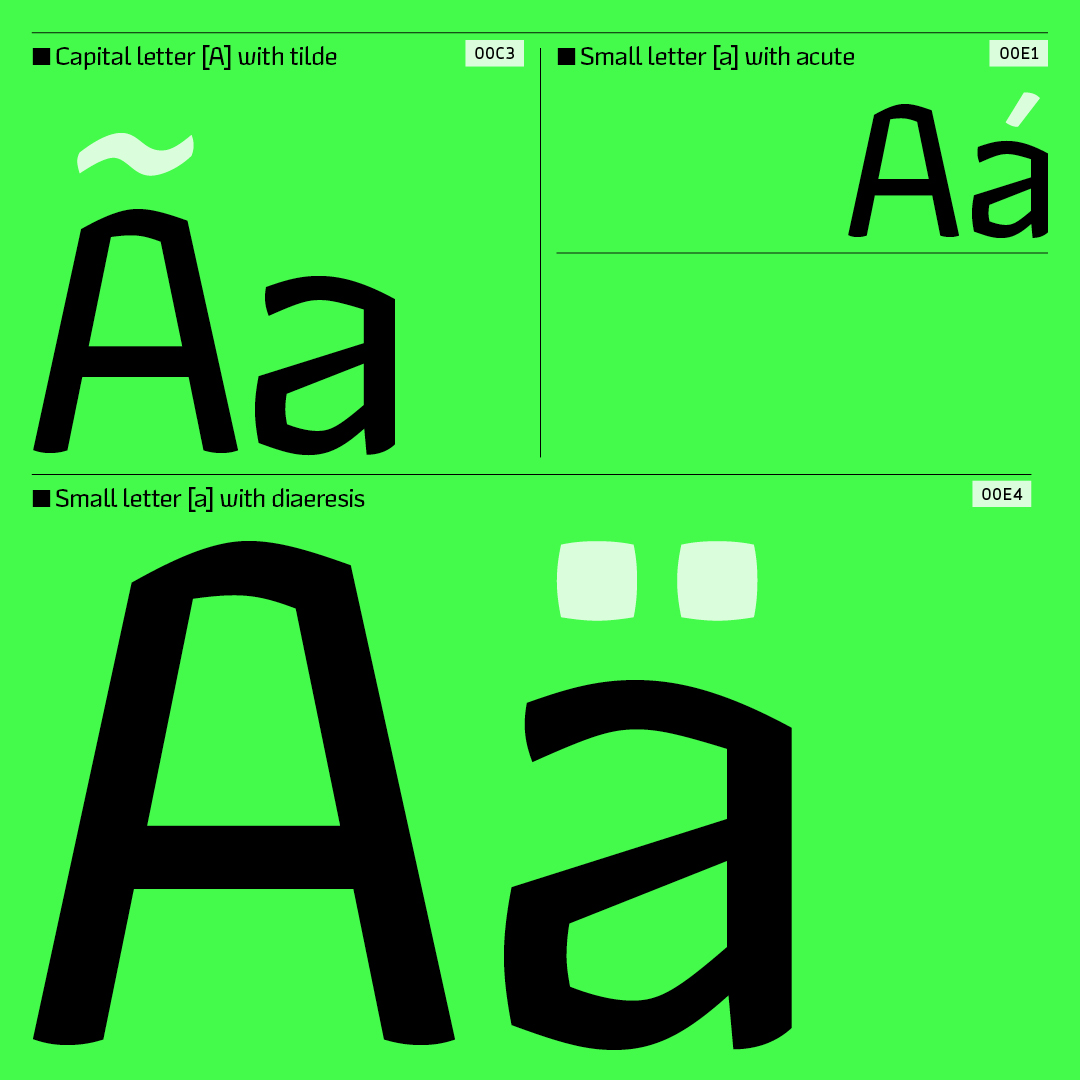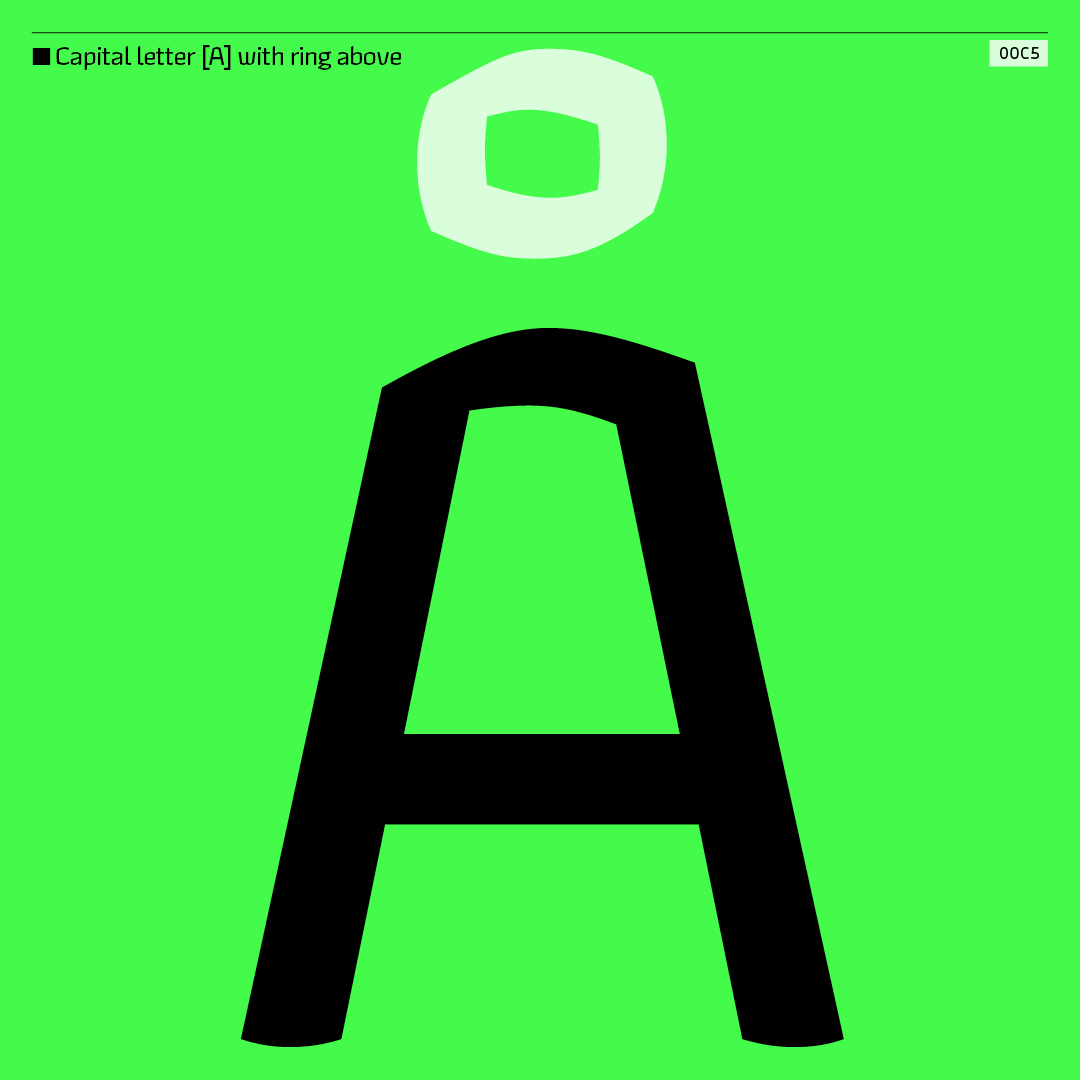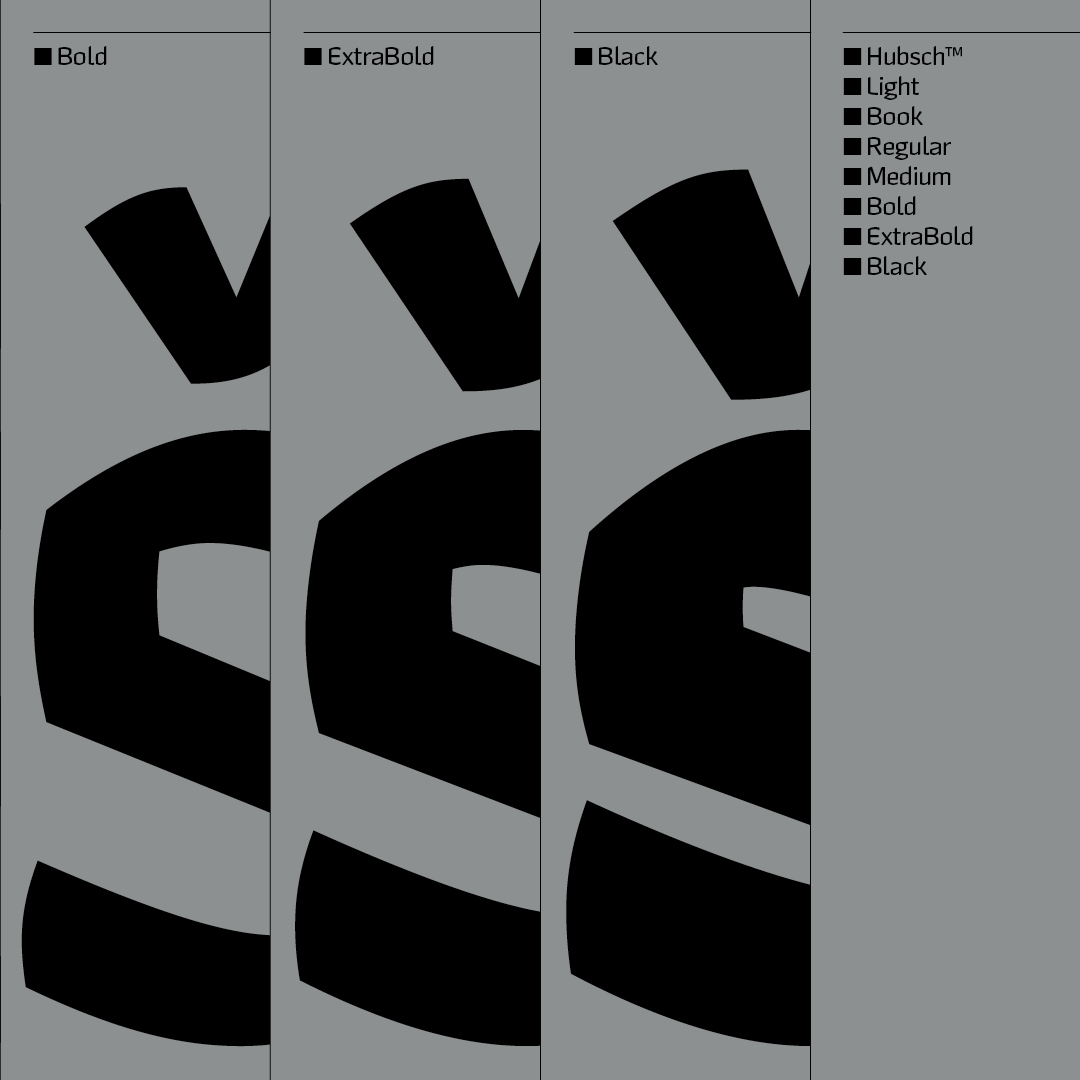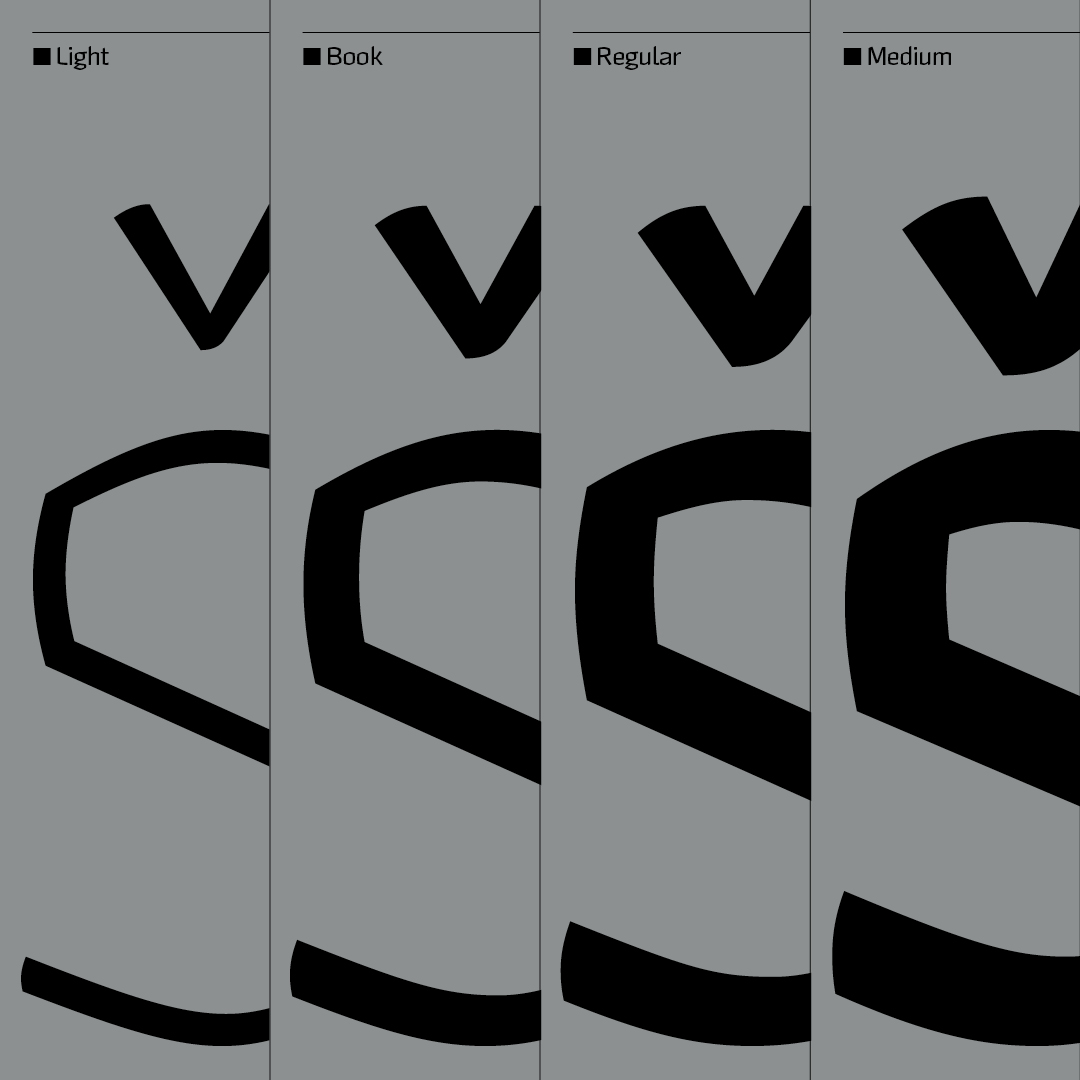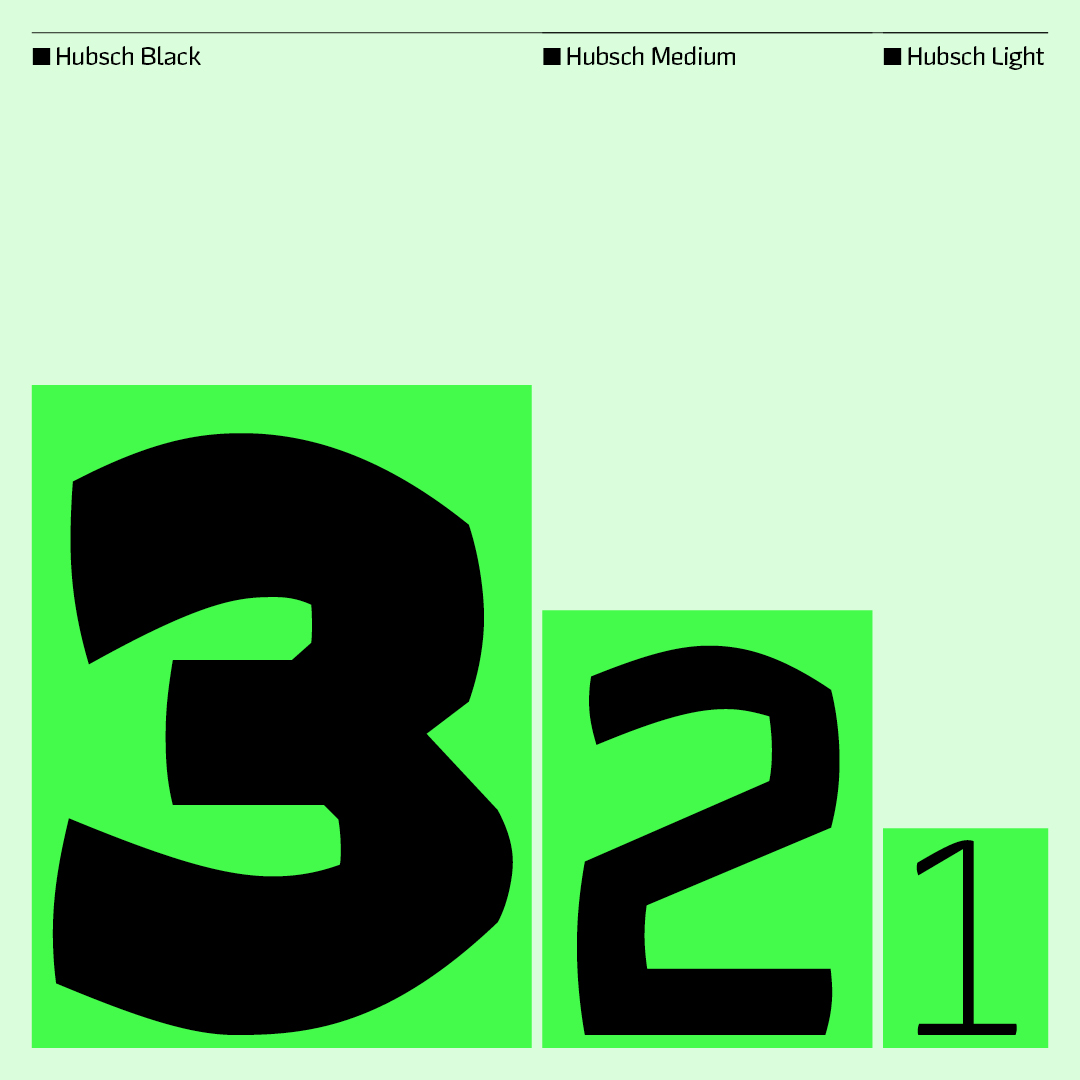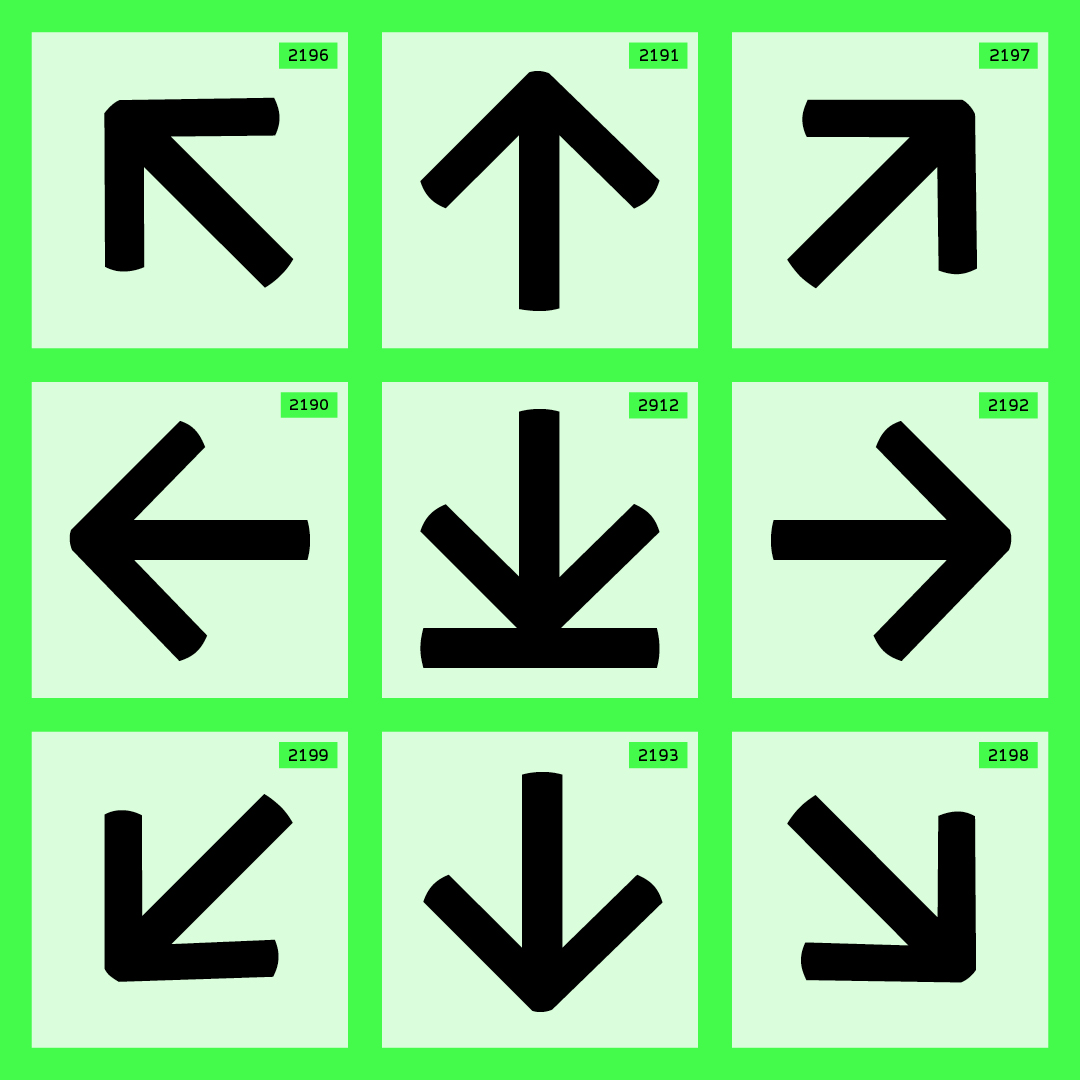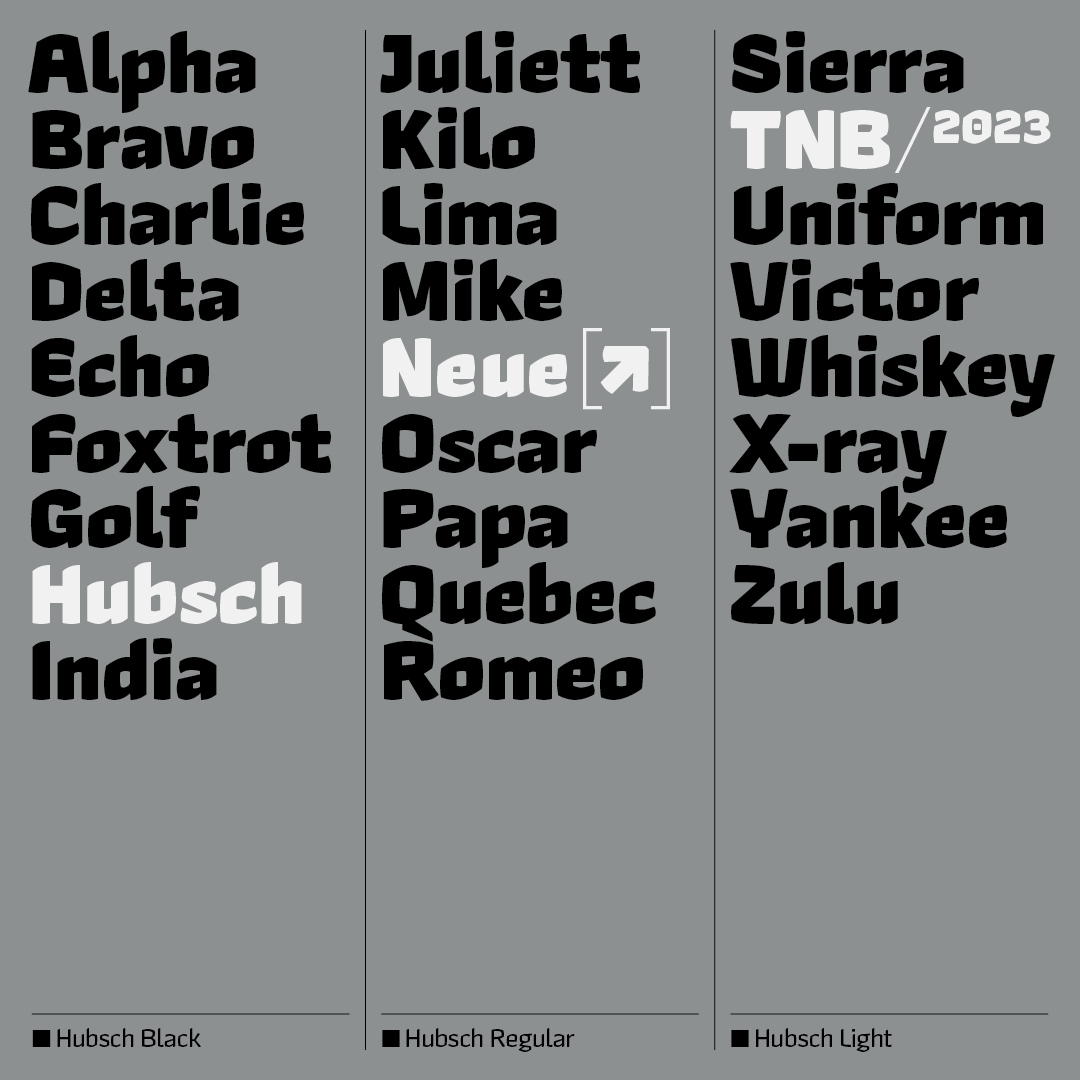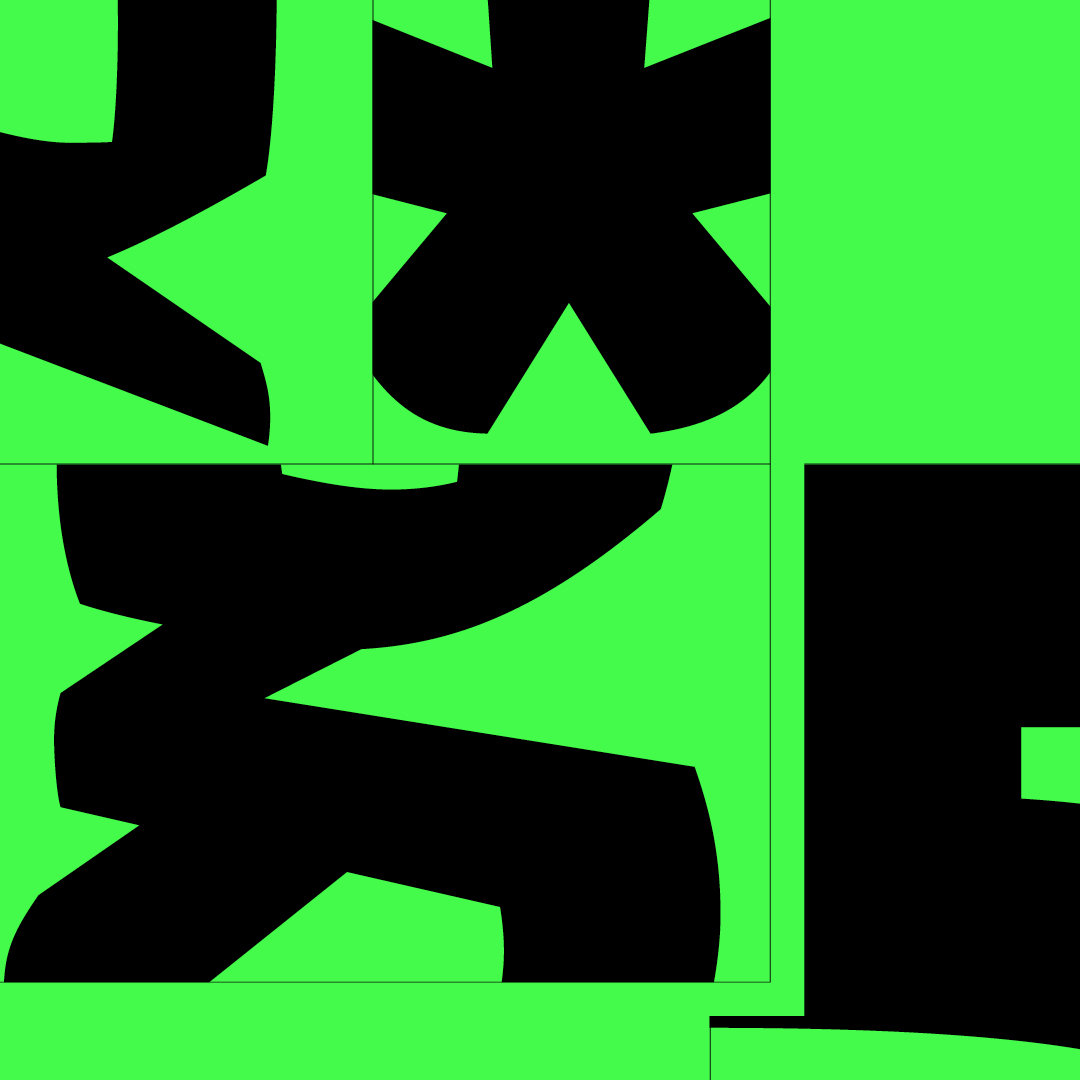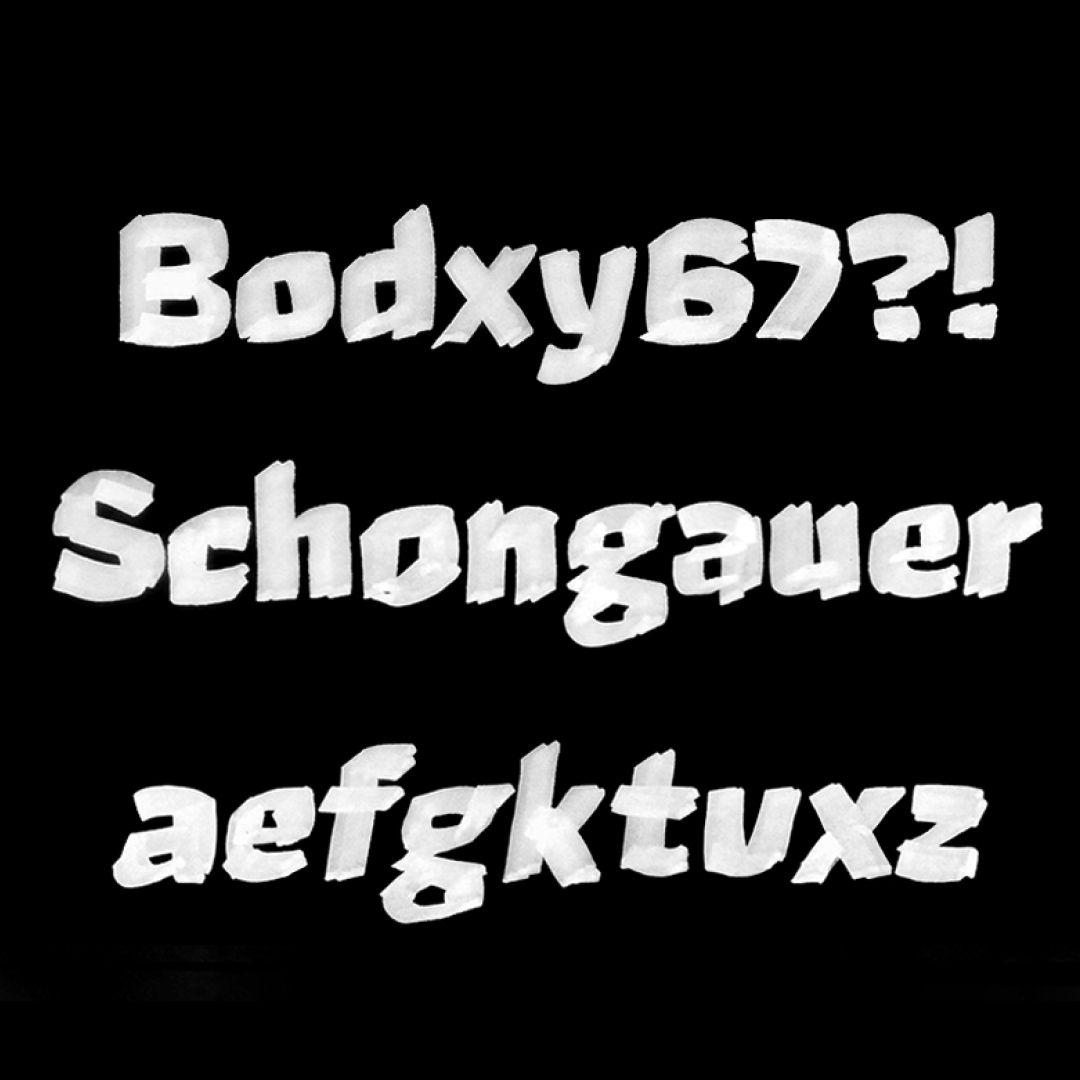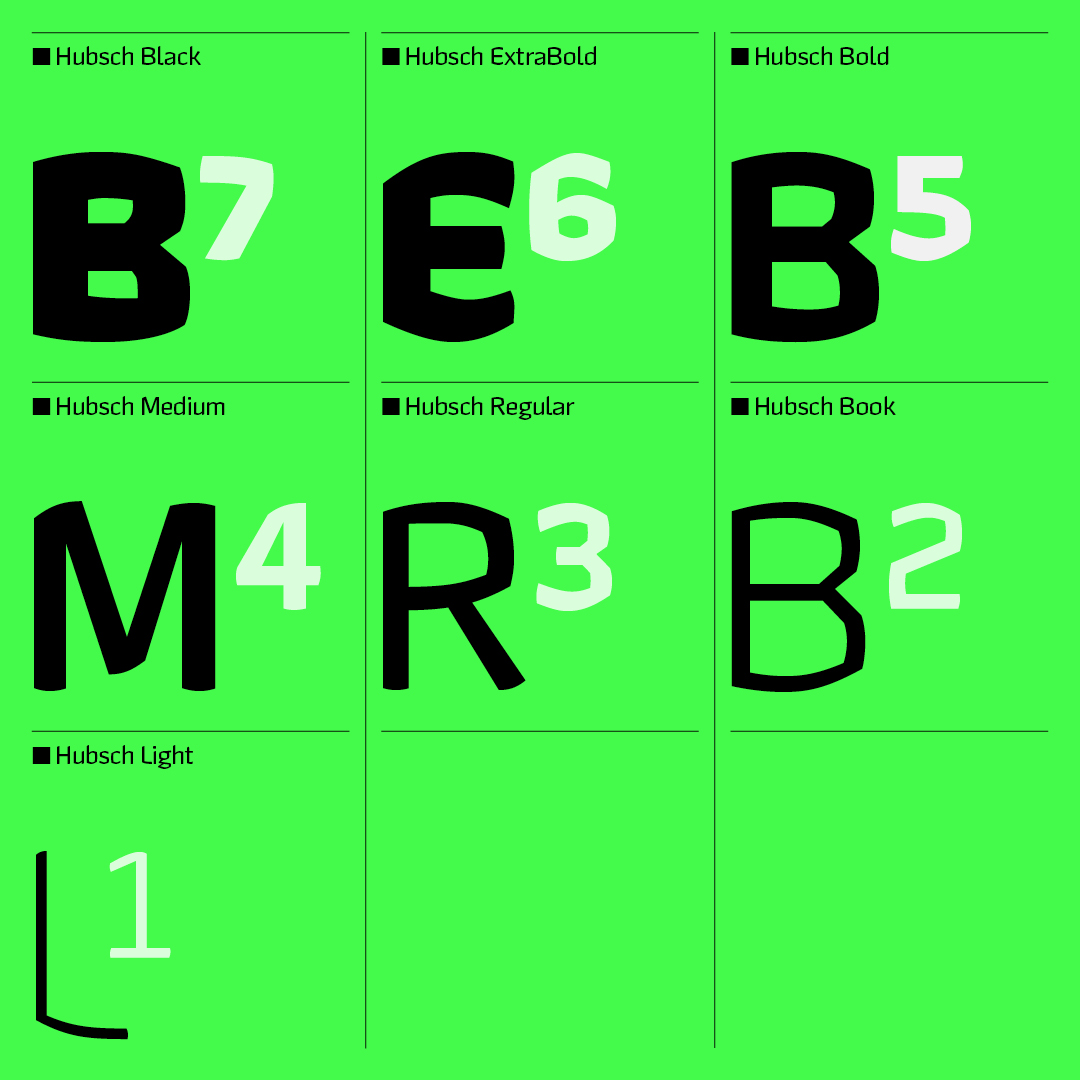Hubsch
The Northern Block’s Experimental Typeface Celebrates the Chisel-Tipped Marker Pen
Nostalgia and the evolution of the marker pen come together for The Northern Block’s new experimental typeface—Hubsch, designed by Jonathan Hill. The sans-serif typeface pays homage to the marker pen’s journey through time and its different forms of expression in street art and graffiti. Hill regards Hubsch as a nod to the evolution of the marker pen that took on new guises through street art and graffiti, particularly the work of Keith Haring, and then later with the rise of Banksy.
Armed with a rich melting pot of ideas from historical references and his fascination with artists who draw with marker pens, Hill’s experimental typeface began its journey with his memory of watching Tony Hart (from the children’s BBC show “Take Hart”) drawing with a chisel tip marker. The smell and sound of the marker pen moving across the surface took him back to his childhood, and just as Hart embraced the pen’s movement and accepted its destination, this was the same for Hubsch.
Hubsch goes against the grain and follows its own rules, yet is built on the principles of modernist fonts that are fit for use with new technology, including a variable font version. This typeface pushes experimental boundaries with its organic hand-drawn aesthetic and is not just about nostalgia; it refers to joy and the fundamentals of introducing this handwriting to typeface markets. Whilst Hubsch is experimental, its underlying construction is based on simple optical rules that merge bold, unapologetic marks of the pen with digital precision to create a balance that grounds the letters to the grid. Neither hand-drawn nor digital components dominate; they occupy the same space as piano keys.
Hubsch, for one thing, is not Blackletter. It follows its own set of rules with logic, organized with absolute values to make the aesthetic modern and fit for purpose. On a small scale, Hubsch is a reading pleasure, yet on a large scale, it shouts out in a visually pleasing way. Pigeonholing Hubsch into one specific category or classification isn’t easy. The free-flowing marker nib to square angles puts this experimental typeface into a mixed-use category, where it would sit just as comfortably at home in a video-game interface as it would in concrete for a piece of public architecture.
The name derives from a 14th-century printmaker, Martin Schongauer, whose nickname was “Hubsch”. His contemporaries nicknamed him Hübsch Martin (“pretty Martin“), indicating how well the letters fit visually with their straight and curved sides.
Whilst Hill is the type designer behind Hubsch, the whole project has been a collaborative effort with contributions from Donna Wearmouth (Head of Brand), who has a passion for typography and created the marketing graphics and campaign concept for Hubsch. Wearmouth’s work has been recognised and awarded by professional design associations, including The International Society of Typographic Designers, and featured in numerous printed publications.
Senior type designer, Tasos Varipatis, took on the role of producing Hubsch in its variable font capacity. Varipatis joined The Northern Block in 2022 and is based in Zakynthos, Greece. Varipatis’ expertise lies in designing Latin, Greek, and Cyrillic scripts, and emerging technologies.
Hubsch Features:
- seven weights with obliques and over 600 characters per style
- available as a variable font
- language support covers Western, Southern, and Central Europe
Buy Hubsch here: https://thenorthernblock.co.uk/fonts/p/hubsch
About The Northern Block
The Northern Block is an independent type foundry based in the North East, UK. Founded in 2006 by Jonathan Hill, The Northern Block has a highly skilled global team of designers who have developed an extensive collection of award-winning typefaces, including a TDC Certificate of Typographic Excellence for its Fagun typeface.
In addition to the library of fonts, the team creates custom designs for corporate clients and provides expertise in multi-script languages, including; Arabic, Cyrillic, Greek, and Georgian.
Find more information here.
